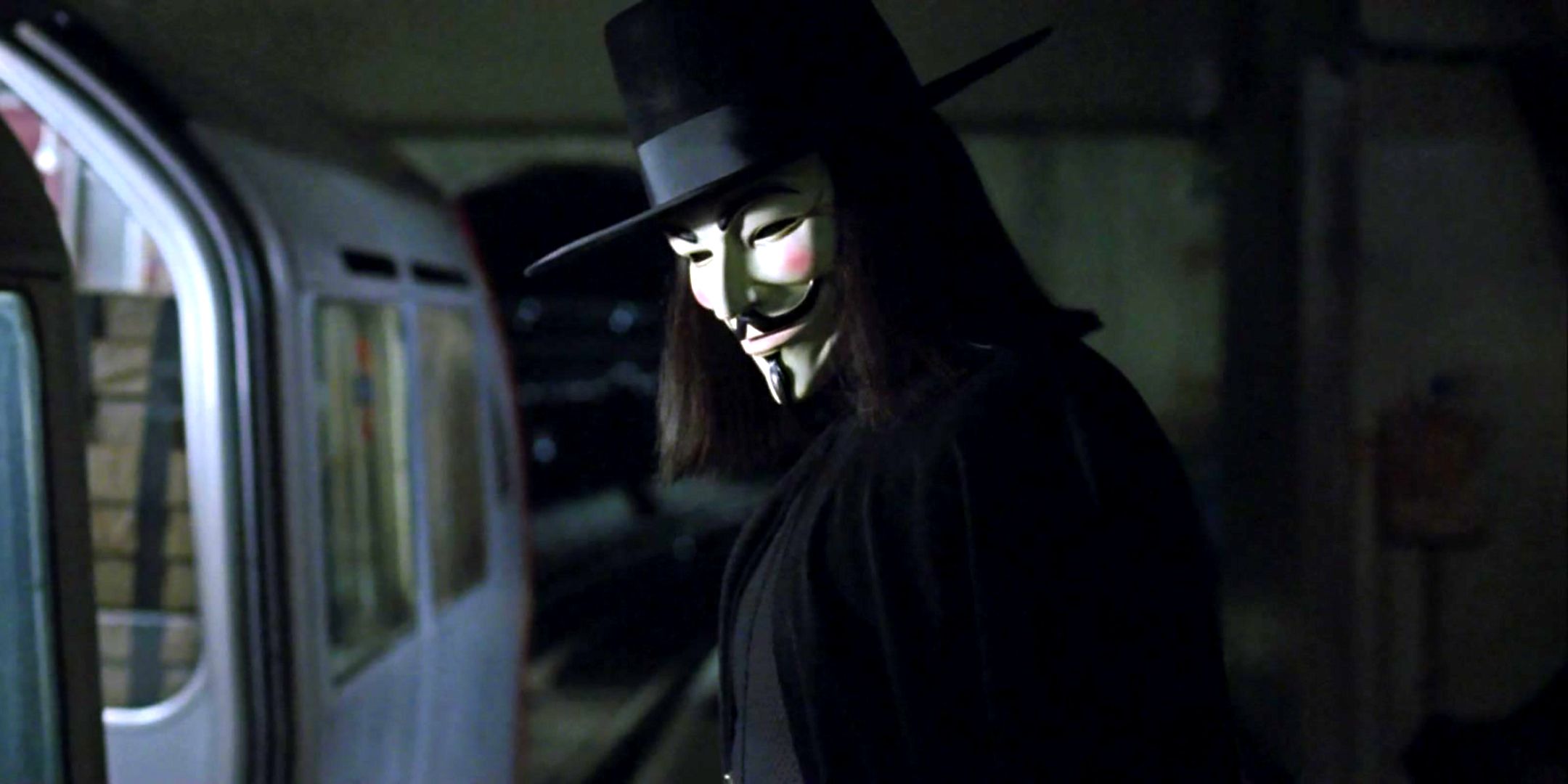
In a genre often recognized for its entertaining escapades and diverse humor, comic book adaptations can also present thought-provoking and impactful narratives. For every lighthearted Avengers adventure, there are profound portrayals of the contemporary Black community in Ryan Coogler’s Black Panther films, as well as complex depictions of mental health struggles and America’s ongoing struggle to provide adequate support systems in Todd Phillips’ Joker movies. Yet, before such stories gained prominence, there was V for Vendetta, which remains one of the most impactful tales even after two decades.
In the cinematic adaptation of the graphic novel by David Lloyd, Tony Weare and Alan Moore (who requested anonymity), the movie titled “V for Vendetta” unfolds in a bleak, dystopian rendition of Britain. This alternate reality emerged after a sequence of devastating terrorist attacks 20 years prior to the film’s events, which resulted in the loss of hundreds of thousands of lives and led to the establishment of the oppressive Norsefire political party ruling over the nation. The narrative revolves around Evey Hammond, a young woman with a sorrowful past, who unintentionally encounters V, an enigmatic figure adorned with a Guy Fawkes mask, whose objective is to bring down this tyrannical regime.
V For Vendetta’s Graphic Novel Changes Somewhat Work
Streamlined Characters & Plots Keep Things Moving At The Expense Of Plot Holes
Translating the graphic novel “V for Vendetta” into a feature-length film necessitated some editing to fit the runtime, and in certain aspects, the choices made by writers Lilly and Lana Wachowski to eliminate or alter characters proved beneficial for the movie. Characters like Stephen Fry’s Gordon, for instance, were either completely removed, had their stories combined with others, or underwent significant changes in their narratives. In this case, Gordon’s arc transformed from a chance savior of Evey who develops a romantic relationship with her to a talk show host concealing his homosexuality due to the threat of persecution from the fascist Norsefire police.
As a film enthusiast, I find that the Wachowskis’ knack for drawing clear moral lines in their stories is evident in their adaptation of “V for Vendetta.” Unlike the original comic, this film version is significantly less ambiguous, with V’s anarchist actions being presented as more heroic and less morally complex. While this transformation certainly makes him a more likable character, it also strips away some of the thought-provoking debates that the story originally offered when the lines between V and the Norsefire regime are so clearly defined as good versus evil.
One consistent aspect taken from the original story that I’m still ambivalent about is Evey’s abduction by V, disguised as the government, followed by her prolonged torture to help her overcome the fear of death. Though Evey’s transformation into a revolution supporter serves the plot well, her subsequent forgiveness and development of feelings for V, which resembles a severe case of Stockholm syndrome since Beauty and the Beast, is highly questionable.
Despite some flaws, it’s hard not to acknowledge that V for Vendetta remains one of the most pertinent and chilling comic book adaptations. The way director James McTeigue and the Wachowskis rework the original story for contemporary times feels authentic. Regrettably, many of the malicious ideologies propagated by the Norsefire regime are still prevalent today, and with media shaping our global perceptions, the film’s portrayal of media manipulation is unsettlingly relevant.
Hugo Weaving & Stephen Rea Are Magnificent In Their Turns
Natalie Portman, While Good, Deserves Far Better Than This
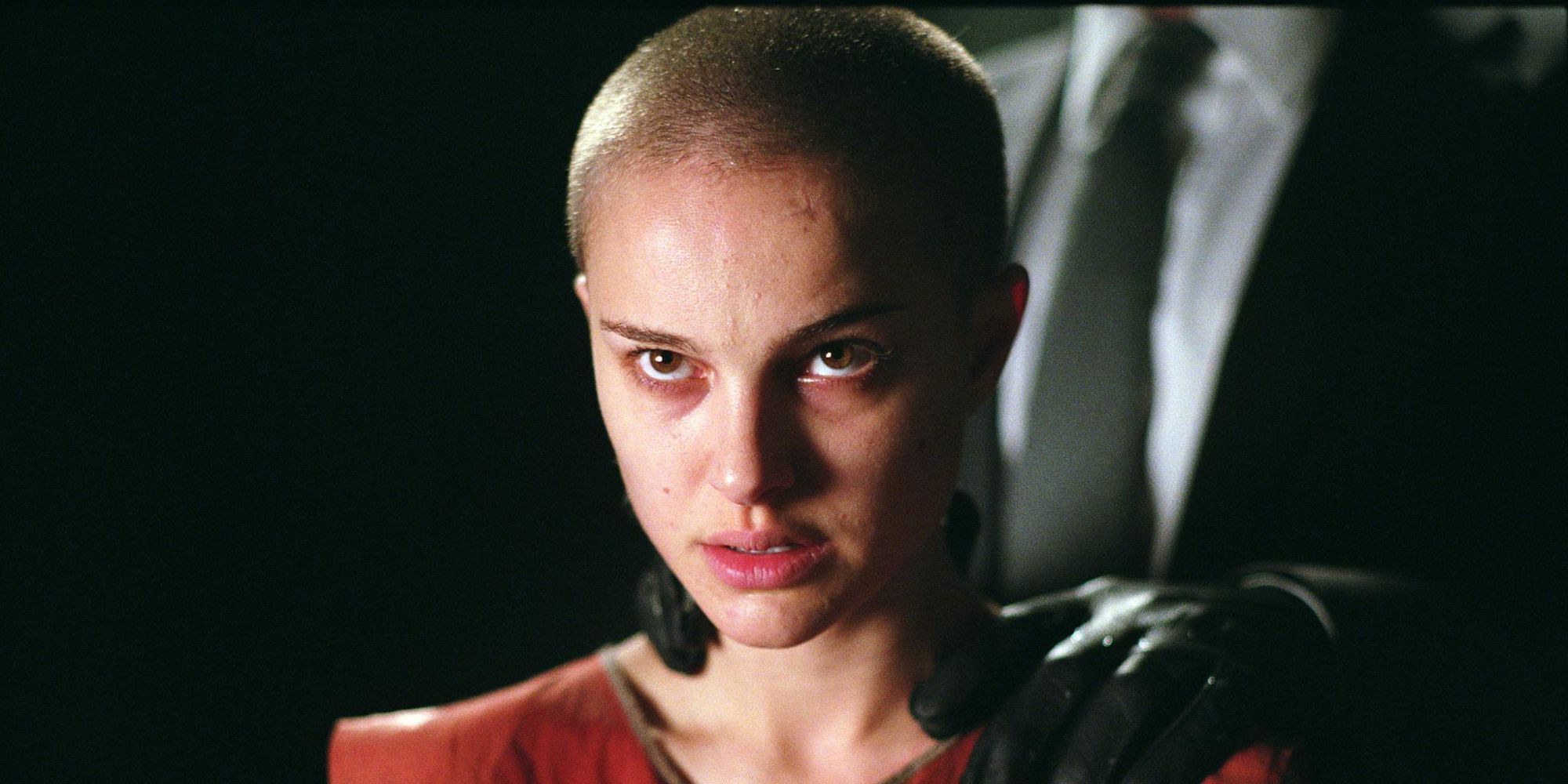
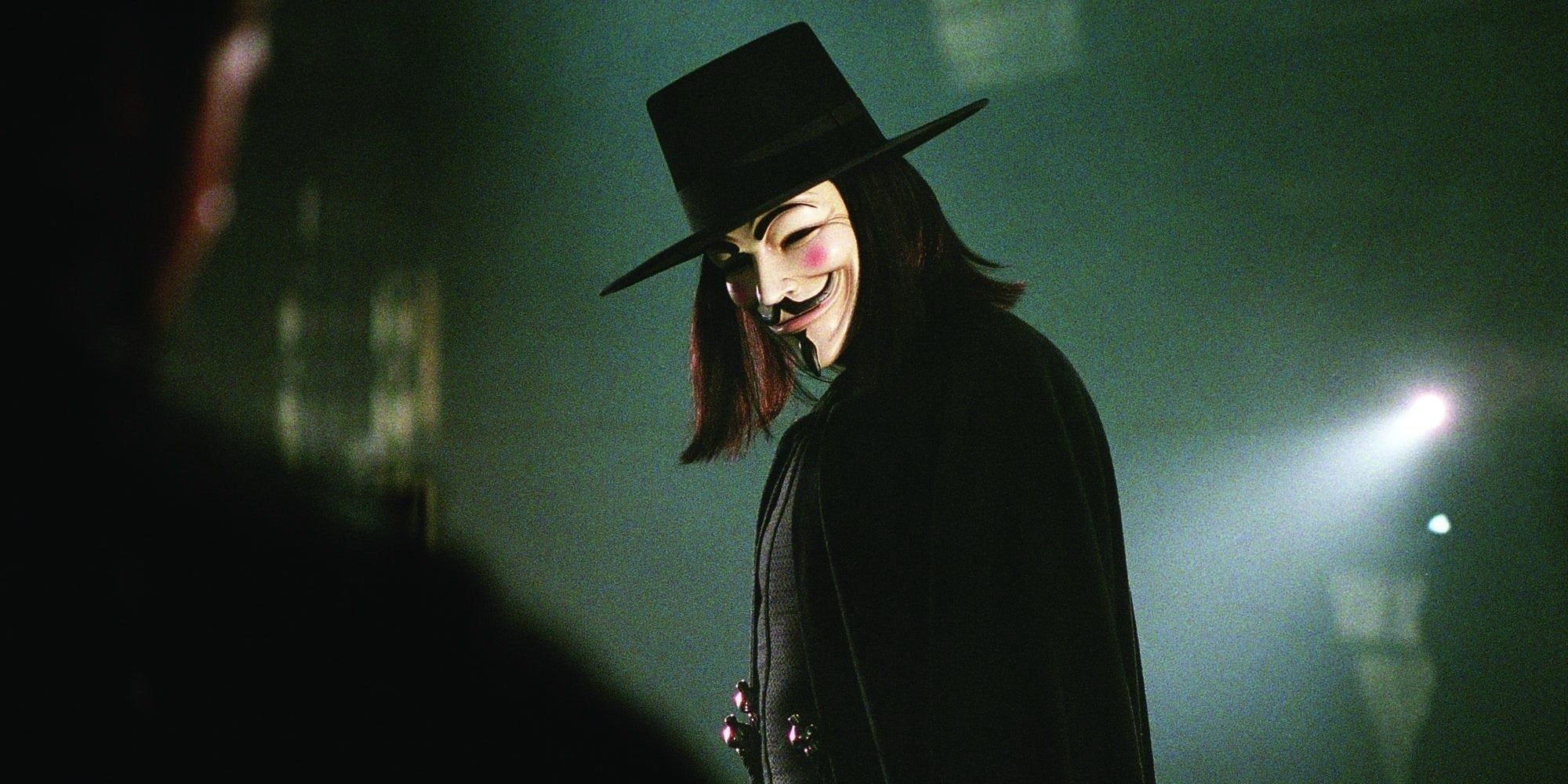
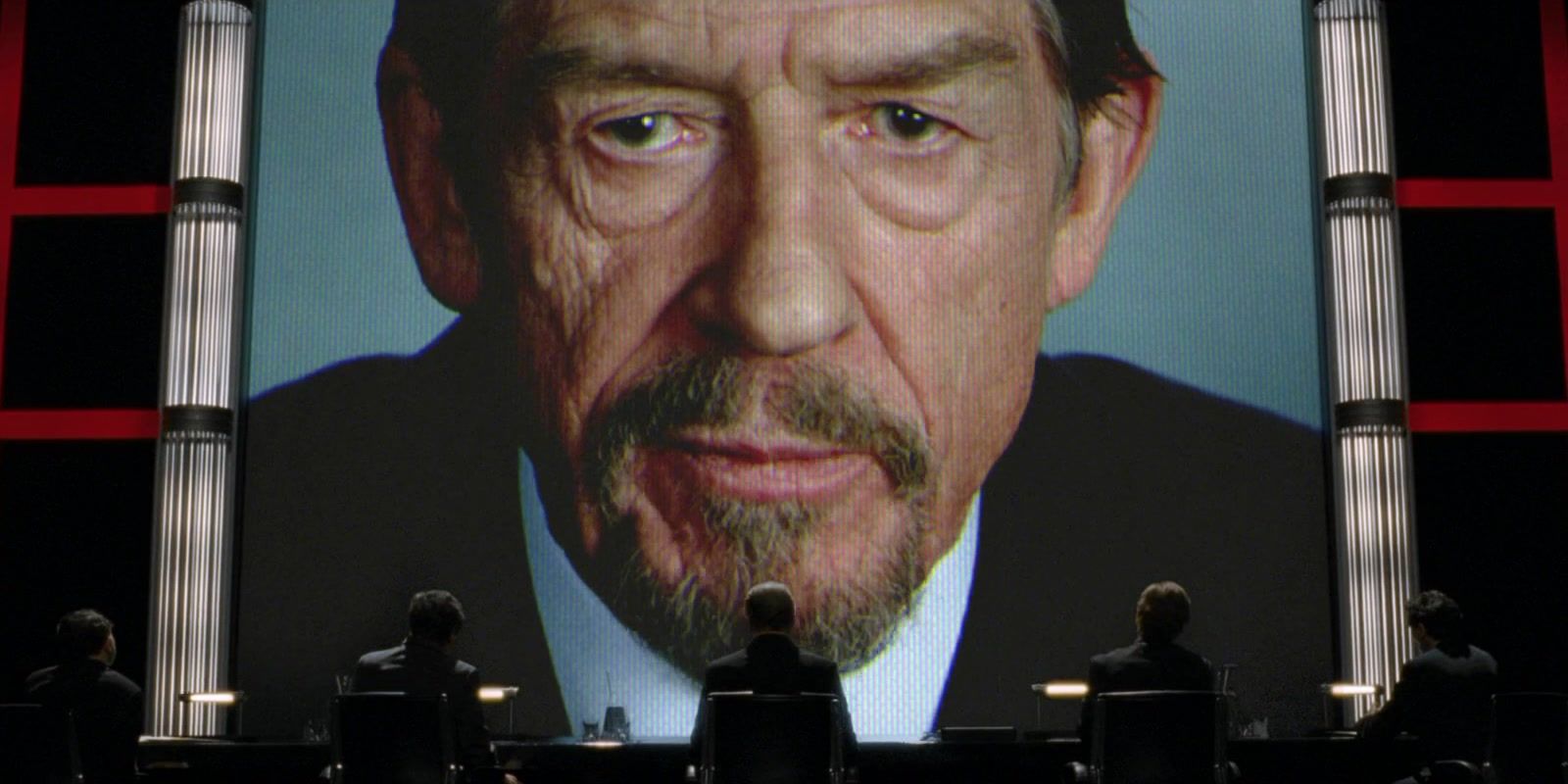
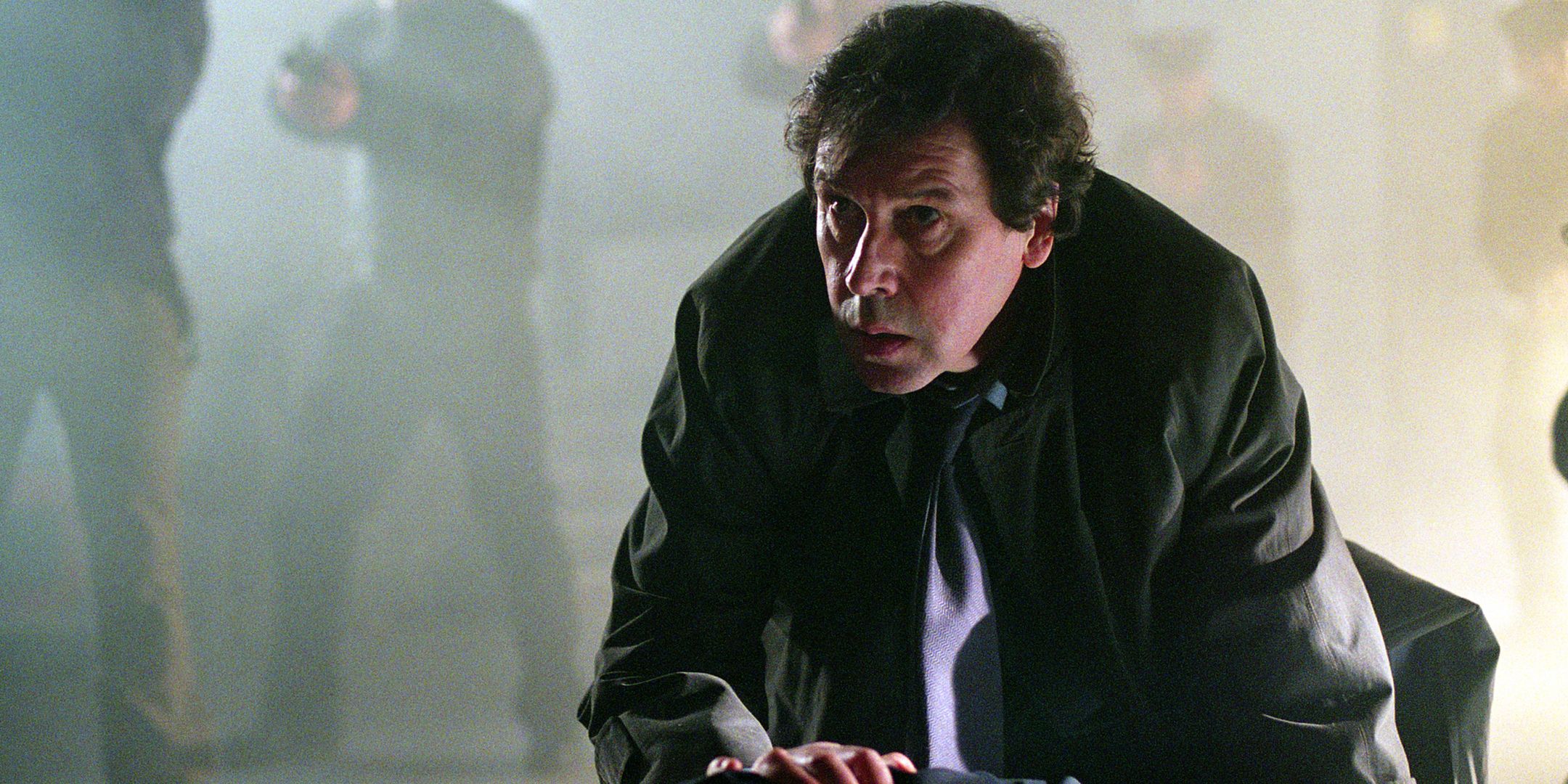
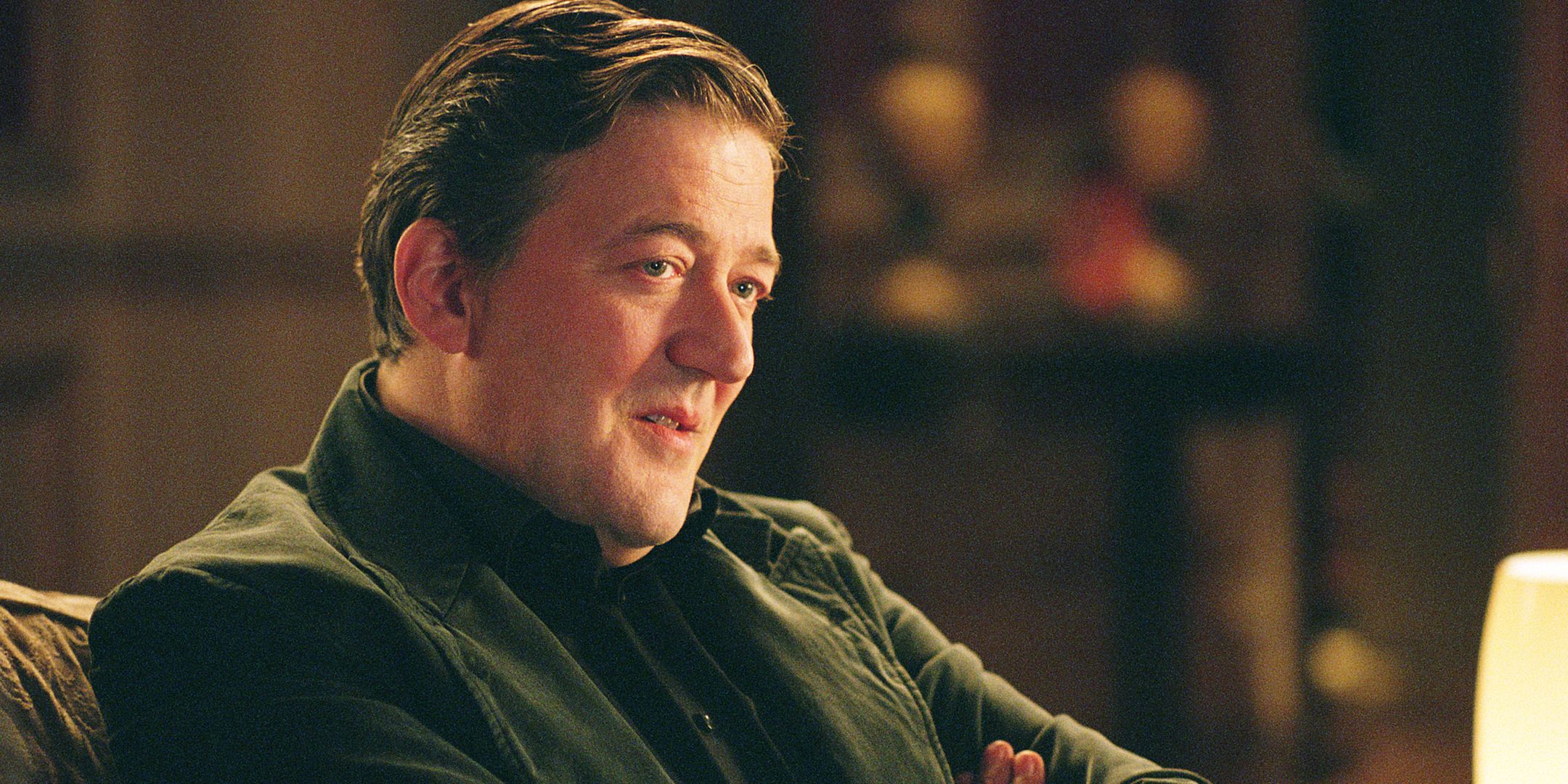
In a clever move, McTeigue, the American director, populated the cast of V for Vendetta with talented British actors to create an authentic atmosphere for its story’s background. Standout performances from Stephen Fry and Roger Allam add humor to the production, while John Hurt and Tim Pigott-Smith deliver chilling portrayals of villains. Nevertheless, it’s difficult not to acknowledge that Hugo Weaving and Irish actor Stephen Rea truly shine in their roles in this film.
In the movie, the actor who joined six weeks into production following creative disagreements with James Purefoy, delivers an exceptional performance as V. Although I can’t help but wonder what the star of ‘The Following’ might have brought to the role, the actor from ‘The Matrix’ brings a unique touch to the character by skillfully blending the anarchist’s charismatic persona with his authentic cruelty. Meanwhile, Rea portrays Chief Inspector Finch exceptionally well, capturing the internal conflicts he faces throughout the film as he uncovers the possibility that the government he trusts and serves could be at the root of the nation’s issues.
In my opinion, I find myself still torn about Natalie Portman’s portrayal of Evey. While she effectively embodies the character in many aspects, her American accent occasionally peeks through her mesmerizingly soft British one. However, it seems that Evey’s role is primarily limited to serving as a surrogate for the audience, offering wide-eyed gazes during expository scenes and emotional tears in traumatic moments. What I yearn for is more agency and personality for her character, rather than just being a passive observer.
James McTeigue’s Direction Is Still His Best To Date
Who Needs Gunfights When Daggers Look This Awesome?

Although V for Vendetta is commonly perceived to be a Wachowski production, much like how The Nightmare Before Christmas is thought to be directed by Tim Burton rather than Henry Selick, it’s important to acknowledge that James McTeigue, who collaborated with the Wachowskis on The Matrix trilogy and Speed Racer as a First Assistant and Second Unit director, should receive significant recognition for his role as the film’s director, particularly since it marked his debut as a feature director.
The filmmaker skillfully brings a stunning visual style when adapting “V for Vendetta” onto the big screen, notably through its blend of retro-futuristic elements in portraying a dystopian Britain, the realistic demolition of notable landmarks, and the diverse fight sequences involving the protagonist. In the film, the immoral Fingermen of Norsefire are equipped with an abundance of firepower, yet McTeigue’s direction makes it thrilling to see how V takes down his adversaries using his daggers. Furthermore, McTeigue and cinematographer Adrian Biddle ensure that some of the more poignant emotional scenes have an equally impactful presentation, making “V for Vendetta” a captivating spectacle even 20 years after its release.
V for Vendetta is available to stream on Netflix.
Read More
- Mobile Legends: Bang Bang (MLBB) Sora Guide: Best Build, Emblem and Gameplay Tips
- Brawl Stars December 2025 Brawl Talk: Two New Brawlers, Buffie, Vault, New Skins, Game Modes, and more
- Clash Royale Best Boss Bandit Champion decks
- Best Hero Card Decks in Clash Royale
- Best Arena 9 Decks in Clast Royale
- Clash Royale December 2025: Events, Challenges, Tournaments, and Rewards
- Call of Duty Mobile: DMZ Recon Guide: Overview, How to Play, Progression, and more
- All Brawl Stars Brawliday Rewards For 2025
- Clash Royale Best Arena 14 Decks
- Clash Royale Witch Evolution best decks guide
2025-07-06 16:08